The Maya civilization is a civilization that existed from 2000 BC to 1500 AD in Central American countries such as Mexico, Guatemala, Belize, and Honduras. The Maya people made significant contributions in many areas such as mathematics, astronomy, agriculture, architecture, and art. Maya writing is one of the world's oldest writing systems, and many inscriptions remain undeciphered. The Maya calendar is still used today and is based on astronomical observations. Maya architecture includes structures such as pyramids, temples, and palaces, which have survived to this day. Although the Maya civilization collapsed in 900 AD, their culture and heritage are still preserved by the people living in Central America.
What are the characteristics of the Maya civilization?
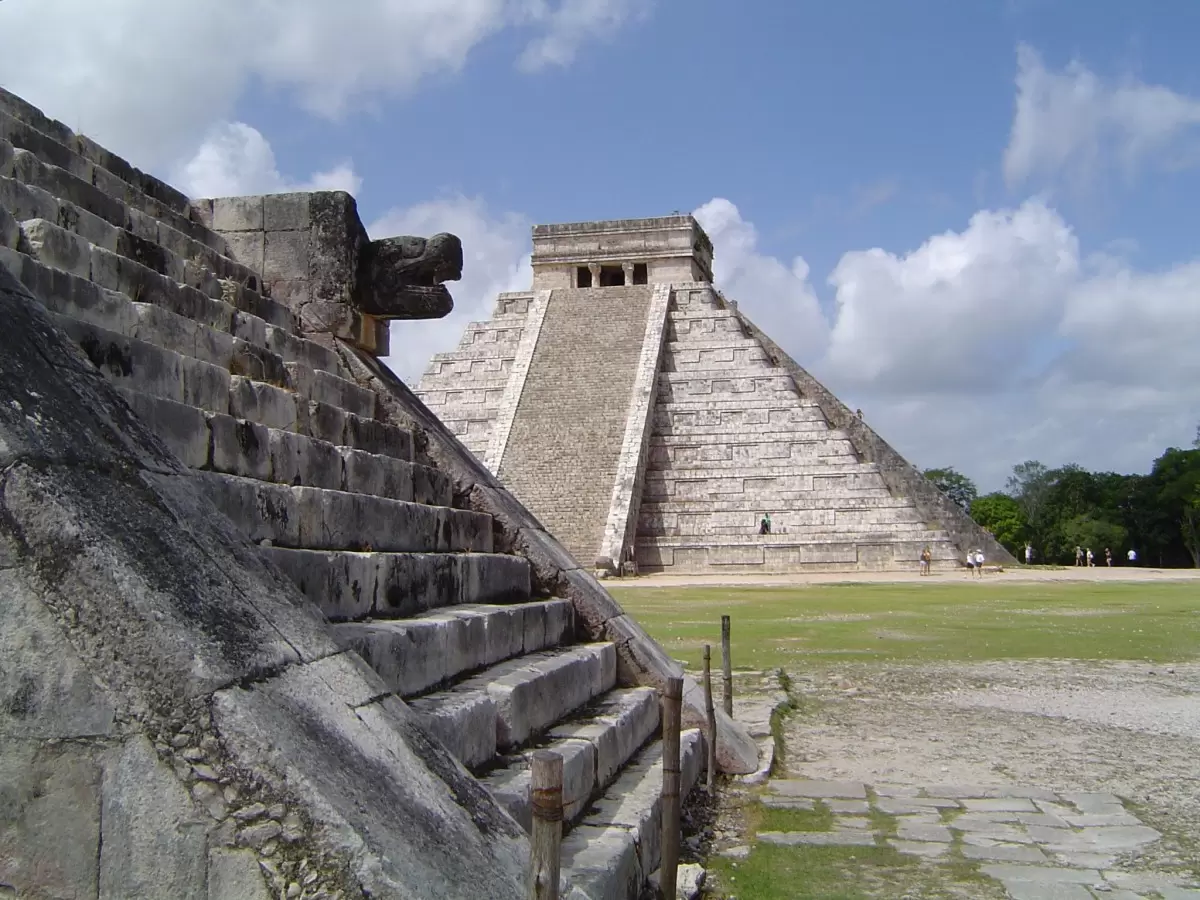
The Maya civilization was a civilization that existed in Central America from 2000 BC to 1500 AD. This civilization was created by the Maya people who are present in countries such as Mexico, Guatemala, Belize, Honduras, and El Salvador today. The Maya civilization made significant contributions in many areas such as mathematics, astronomy, agriculture, architecture, art, and writing.
The Maya civilization was highly advanced in mathematics. Maya mathematics used a base-20 system instead of a decimal system. They also used the concept of zero for the first time. Maya astronomy was also highly developed. They created their calendars by tracking the movements of the sun, moon, and planets. The Maya calendar is still used today.
The Maya civilization was also highly successful in agriculture. Through their agricultural techniques, they were able to build large cities on fertile land. The Maya people grew crops such as corn, beans, squash, peppers, and chocolate. Fishing and hunting were also important sources of livelihood.
The Maya civilization was highly successful in architecture. They built large temples, palaces, and pyramids. These structures have been preserved to this day and are visited by tourists.
The Maya civilization was also highly advanced in art. They left important works in many areas such as sculpture, ceramics, painting, and music. Maya writing was also highly developed. This writing consisted of hieroglyphs and has been preserved to this day.
In conclusion, the Maya civilization made significant contributions in many areas such as mathematics, astronomy, agriculture, architecture, art, and writing. This civilization has an important place in the history of Central America and still has an impact today.
How does the Maya Calendar System work?
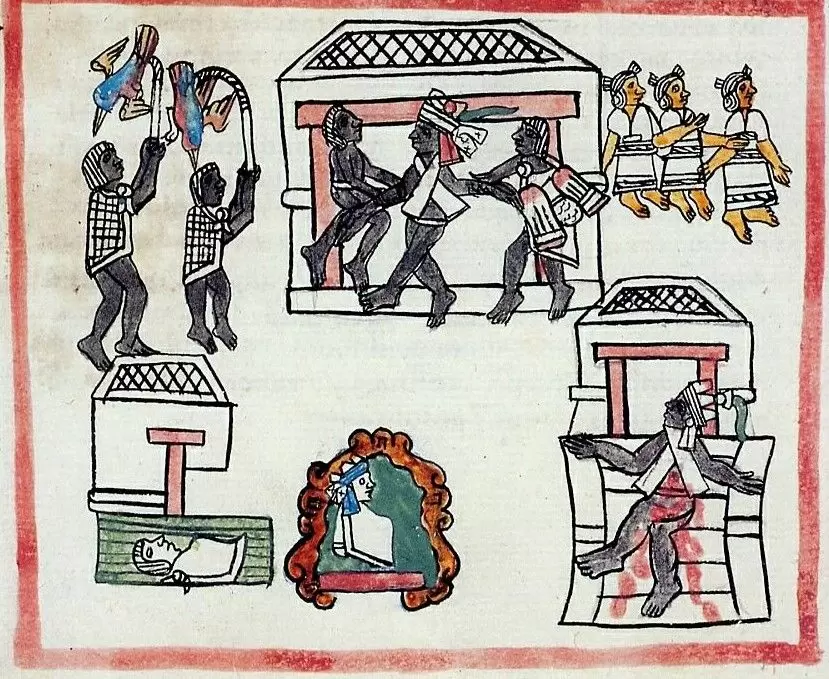
The Maya civilization was a civilization that existed in Central America from 2000 BC to 1500 AD. The Maya calendar is a system used by this civilization to measure time. The Maya calendar is different from modern calendar systems and is quite complex.
The Maya calendar consists of three different calendars: Tzolkin, Haab, and Long Count. Tzolkin is a 260-day cycle, and a different name is given for each day. These names are used in combination with each other and repeat every 260 days. The Haab calendar is a 365-day calendar based on the solar year. This calendar has 18 months, each with 20 days. Finally, the Long Count calendar is the longest cycle in the Maya calendar system and is a 5125-year cycle.
The Maya calendar is based on astronomical observations. Maya astronomers created their calendars by observing the movements of the sun and moon. They also predicted important events by tracking the movements of Venus.
The Maya calendar is still used today, especially in Central American countries such as Guatemala, Belize, Honduras, and Mexico, where it is still used for official holidays. Additionally, the Maya calendar is used in astrology and spiritual practices.
The Maya calendar is notable for its complex structure and reliance on astronomical observations. This calendar system is a testament to the scientific and mathematical achievements of the Maya civilization.
What are the characteristics of Maya art and architecture?
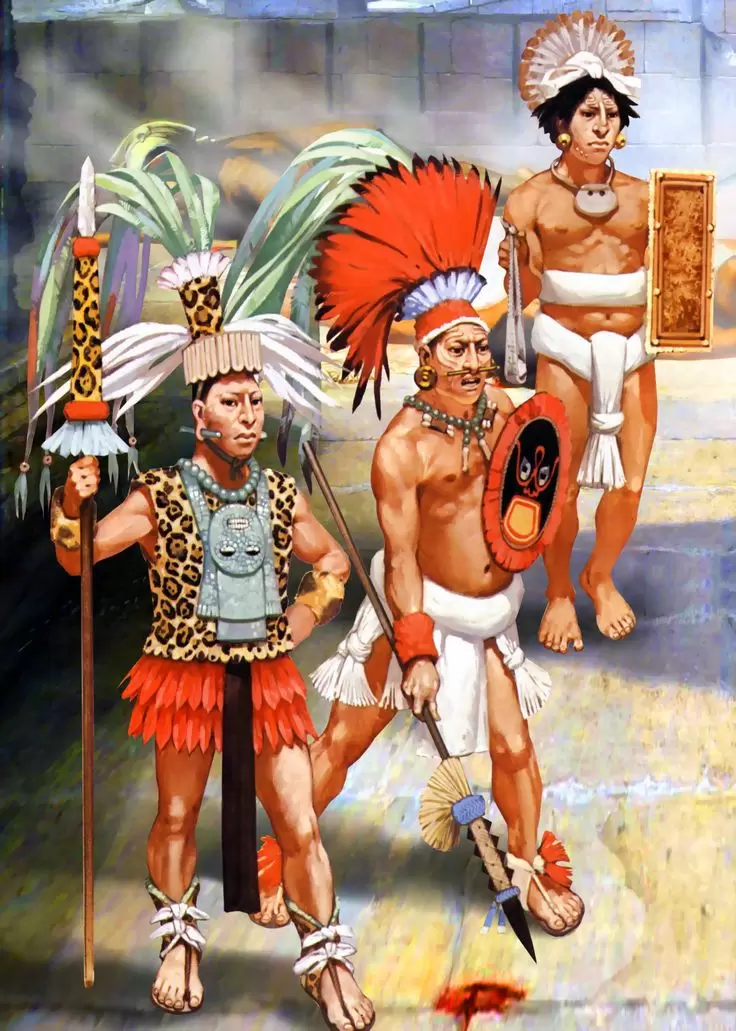
The Maya civilization was a civilization that existed in Central America from 2000 BC to 1500 AD. Maya art and architecture are one of the most important features of this civilization. Maya art is evident in many areas such as sculpture, painting, ceramics, textiles, and architecture.
Maya architecture includes many structures such as pyramids, temples, palaces, buildings, and water structures. These structures are usually built with stone blocks and some of them are quite large. Maya architecture is designed with mathematical calculations and astronomical observations. For example, the El Castillo pyramid in Chichen Itza creates shadow plays during sunrise and sunset.
Maya art generally deals with religious and mythological subjects. Sculptures depict gods and heroes, while paintings tell stories. Maya art is colorful and detailed and is usually made using natural materials. Maya ceramics, especially pottery, are famous for their fine craftsmanship and patterns.
Maya textiles are made from natural materials such as cotton, hemp, and wool. These textiles are usually colorful and patterned and are used as clothing, blankets, and decorative items.
Maya art and architecture reflect the rich culture of the Maya civilization. This art and architecture still inspires admiration today and attracts the interest of tourists in Central America.
Unknown Facts About Maya Religion and Rituals
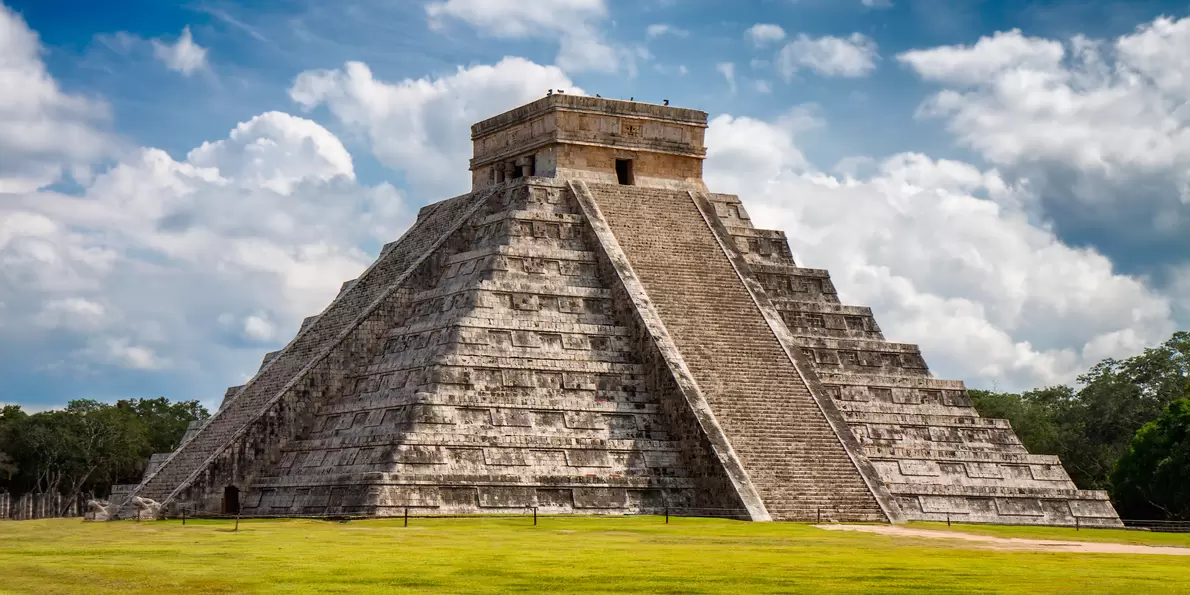
The Maya civilization was a people who lived in Central American countries such as Mexico, Guatemala, Belize, and Honduras. This civilization made significant contributions in many areas such as astronomy, mathematics, agriculture, and architecture. However, there are many unknowns about Maya religion and rituals.
Maya religion is based on a polytheistic belief system. Maya gods are considered powers that control natural events and affect people's lives. There are many different names among these gods, such as the sun god, the rain god, the death god, and the creation god.
Maya rituals are ceremonies performed to honor these gods and mark certain periods in people's lives. These rituals include ceremonies for important events such as birth, marriage, death, and harvest. In addition, there are rituals performed on certain days according to the Maya calendar.
Maya religion and rituals are generally performed in enclosed spaces. Sacred places such as temples, pyramids, and caves are used for these ceremonies. Maya priests lead these ceremonies and communicate with the gods to accept people's prayers.
Although some communities still maintain Maya religion and rituals today, many of these traditions have been lost or changed. Despite the significant place of the Maya civilization in history, there are still many unknowns about their religion and rituals.
The Collapse and Reasons of the Maya Civilization
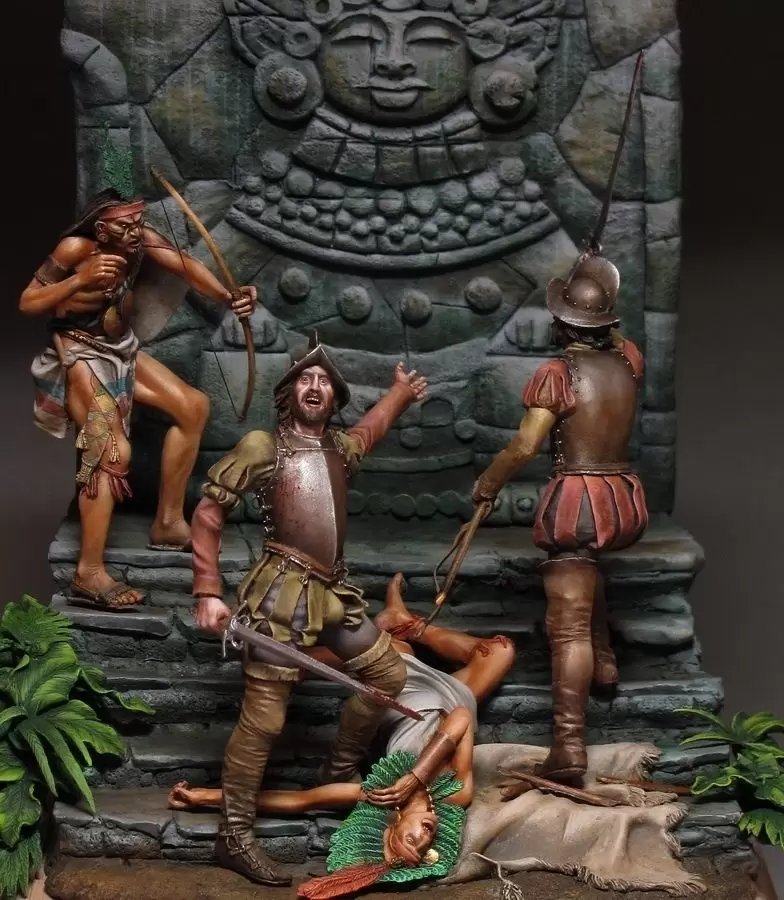
The Maya civilization was a civilization that existed between 200 and 900 AD in regions such as Mexico, Guatemala, Belize, and Honduras. This civilization achieved significant success in the fields of advanced mathematics, astronomy, agriculture, and architecture. However, in the 900s AD, the Maya civilization began to collapse, and the reasons for this are still debated.
Many researchers attribute the collapse of the Maya civilization to environmental factors. Climate change, drought, soil erosion, and deforestation made it difficult for the Maya people to access agriculture and water resources. This led to a decrease in food production and hunger. Additionally, it is believed that these environmental factors also contributed to the spread of infectious diseases.
Other researchers attribute the collapse of the Maya civilization to political and social factors. Competition between Maya city-states, civil wars, and political instability contributed to the collapse of the civilization. Additionally, the increasing population of the Maya people led to overuse of resources and environmental destruction.
In conclusion, the collapse of the Maya civilization was the result of many factors coming together. Environmental, political and social, and economic factors all contributed to the collapse of the civilization. However, more research is needed on this topic, as the collapse of the Maya civilization is still a subject surrounded by many mysteries.

Comments